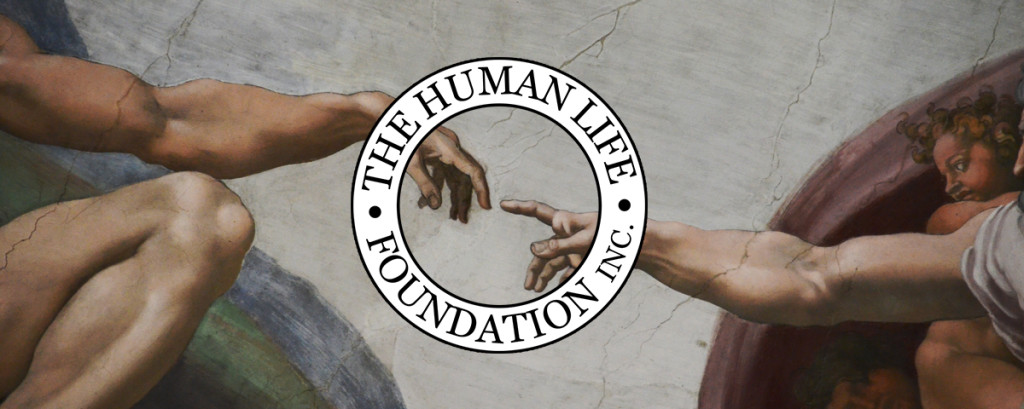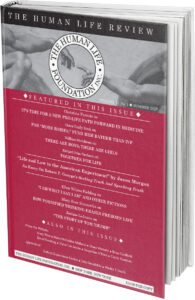Shattered at the Foot of the Holy Mountain
[The following is based on a sermon preached at Trinity Anglican Seminary, 5 June 2024.]
Lectionary : Deut 5:6-21 Ps 81:1-10(11-16) 2 Cor 4:1-12 Mark 2:23-28
There is a FoxTrot comic from 1988 in which Peter, the athletic older brother, asks his nerdy younger brother Jason to play catch with him. Jason responds to Peter’s admonition that “It’ll be good for you,” with “Getting beaned repeatedly on the head by a baseball is good for you?” Peter answers that it “builds character,” to which Jason replies, “builds lumps.”
Of course, Jason, were he to play baseball with his bigger, more athletic brother, would no doubt be injured, but there really is a difference between building character and building lumps. Lumps are suffered and then fade. Character, however, is in part the wound that remains and defines us. For example, in the Scriptures both Moses and Paul had encounters with the living God that defined their character—both endured suffering and both witnessed the all-surpassing glory of God.
Moses, who walked the roads of slavery and desert-wandering with his people, was notable as an Old Testament saint who spoke with God man-to-man. It is said that his face was radiant after those encounters, as if God’s glorious light were so uncontainable it manifested in Moses’s body simply by encountering it. However, there is a stark difference; Moses received God’s teaching carved in unyielding stone tablets, which he later cast down and shattered in response to the people breaking God’s Law in their worship of the golden calf. The twin images of the golden idol and the shattered stone tablets echo in the impossibility of keeping Laws written in unyielding stone. None of us is righteous at the foot of the holy mountain.
It is said that when Moses was hidden in the cleft of the rock and permitted to see God, but only from behind, what he saw was the scarred back of Jesus. Speculative theology, at best; but in contrast to Paul, it is notable, for Paul saw Jesus in glory so radiant that he himself was struck blind. This radiant glory is the golden thread that weaves throughout our Epistle reading today. In contrast to the hidden, crafty ways of this world, Paul communicates by open, enlightening statements (φανερώσις). Unlike those whose idols have blinded them, Paul proclaims a Gospel that shines with the Glory of Christ, the icon of God and the Word by which God proclaimed, “let light shine out of darkness” (2 Cor. 4:6)—in creation and in the darkness of our idolatrous little hearts as well. Light and glory, two forms of divine radiance that shine briefly on the face of Moses, but are the defining character of the face of Jesus, whom Paul saw on the Damascus Road.
This is the treasure that we have in clay pots, not stone tablets. Not to be trite, but stone tablets build lumps. The Law is good, of course, but it is intended only to show us our sin. The law that lay shattered at Moses’s feet is rendered useless in the face of high-handed sin, sin for which it has no remedy. Clay pots, by contrast, are vessels for something greater, intended to be repeatedly filled and poured out. Clay pots are defined by what is within them, oil or wine, not by their exterior. Clay pots build character. Their exterior may take scuffs and dings—and here Paul speaks of suffering—but their value is not marred.
It is the suffering, the dings and scuffs, that cannot be ignored. Death, after all, is at work in all of us. Each of us is at times crushed, persecuted, struck down—maybe not to the extent of Paul’s suffering or that of the persecuted church today, but we each know what these words mean from our own experiences. Broken or distanced relationships, illness, ageing, vocation, and death itself press in on us, at times crush us, leaving their marks on the jars of clay that we are. It is in experiencing this suffering that we are further united with Christ, who took on our form, a clay pot himself, to pour out his glory on an inglorious cross. He did not suffer so that we would not have to; he suffered so that we would know how and why we suffer. He united himself in our suffering to show us the way.
The treasure we have in these jars of clay is nothing less than the glory of God in us. Those in some parts of the church have long said that the cross of Christ was placed above the grave of Adam, such that the blood of Christ flowed into the skull of Adam, making Adam himself into a chalice of Christ. We could brush that aside as mere hagiography, sacred tale-telling, but there is something else that rumbles beneath the surface. Spiritually, as death works in us, each of us is in Adam, buried beneath the Cross of Christ. As Christ literally pours his lifeblood into our earthen vessels, he is made manifest in us, so that even as we are being given over to death in this world, his life reigns in us and transforms us ever more into the icons of God we are called to be.
Our funeral service cites Job, speaking what had to be a deep mystery to the Old Testament reader: “And as for me, I know that my Redeemer lives, And at the last He will take His stand on the earth. Even after my skin is destroyed, Yet from my flesh I shall see God; Whom I myself shall behold, And whom my eyes shall see and not another.” (Job, 19:25-27 NAS) We do know that these clay pots will be destroyed. Whatever is within them will be poured out, not spilled in vain but raised to stand face to face as Moses did, as Paul did—but without the blinding mortal consequences—to see him with our own eyes, our friend and our redeemer.
Until then, we face all manner of daily indignities—frustration and ageing, struggles great and small—and in the end our own mortality, as death continues its work within us, too, leaving us with one life either to cling to in vanity, or to pour out as an offering before the Cross that pours life into us. We rejoice, of course, we have fun along the way, but we all struggle and mourn as well. Nonetheless, as Paul tells the Church at Rome: More than that, we rejoice in our sufferings, knowing that suffering produces endurance, and endurance produces character, and character produces hope, and hope does not disappoint us, because God’s love has been poured into our hearts through the Holy Spirit.
The glory of the Lord who caused light to shine in the darkness is the treasure we hold in jars of clay. It is the glory that preserves the vessel. It is the glory that defines our character. It is the glory that is continually poured in and poured out for Christ’s church. What we proclaim is not the jar, but the treasure.










